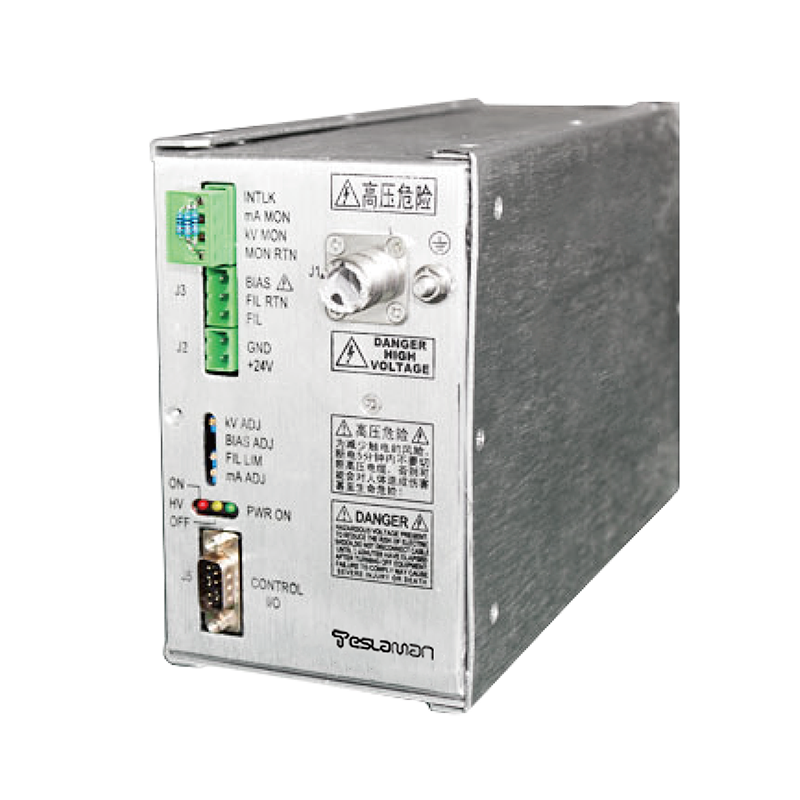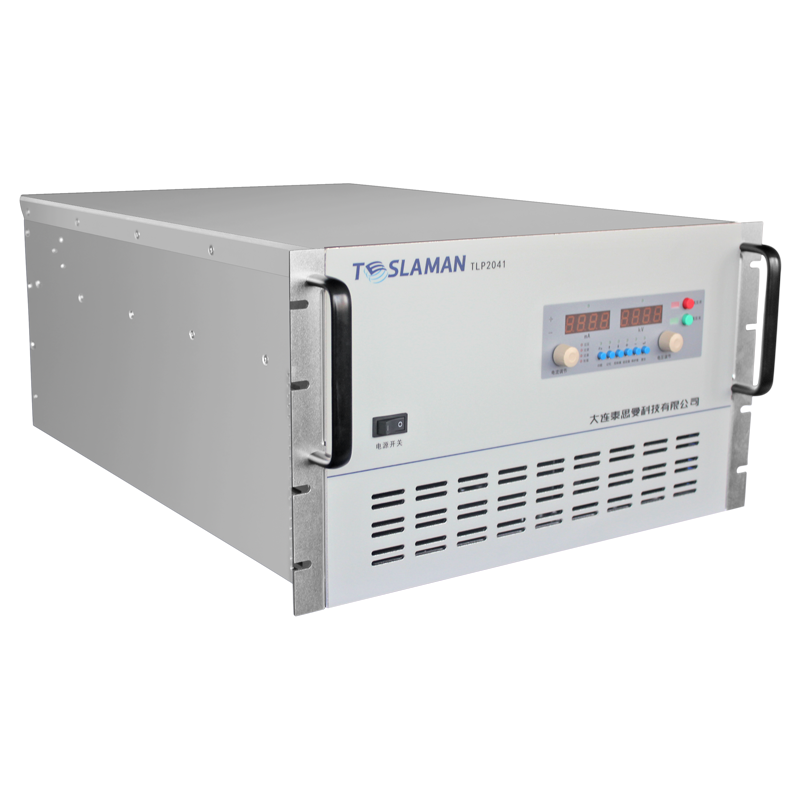New Directions in the Application of Electroporation High-Voltage Power Supplies
Electroporation technology, which induces transient permeability changes in cell membranes via pulsed electric fields, relies on the precise regulation of high-voltage power supplies (HVPS) to control electric field parameters. While traditional electroporation HVPS primarily focus on basic cell transfection and gene editing, interdisciplinary technological integration is expanding its application boundaries into biomedical engineering, biomanufacturing, and novel disease therapies, unveiling diversified innovative scenarios.
1. Synergetic Innovation of Tumor Precision Ablation and Electroporation Power Supplies
In oncology, irreversible electroporation (IRE) driven by HVPS is breaking through the limitations of conventional ablation methods. Compared with thermal ablation, IRE uses nanosecond-high voltage pulses (typically 10–30 kV/cm field strength) to create permanent membrane pores in tumor cells, inducing apoptosis while preserving the integrity of blood vessels and nerves. New HVPS advancements in this context include:
Dynamic Pulse Waveform Optimization: Introducing biphasic pulses or high-frequency oscillating waveforms (e.g., >100 kHz repetition rate) reduces the membrane breakdown threshold and minimizes Joule heating, suitable for treating tumors in heat-sensitive organs like the liver and pancreas.
Multi-Channel Array Power Integration: Combined with imaging guidance (e.g., MRI/ultrasound), synchronous pulse regulation of multi-electrode arrays forms a 3D electric field distribution, addressing uneven field coverage caused by solid tumor heterogeneity.
2. Electroporation Power Innovation in Tissue Engineering and Biomanufacturing
The demand for 3D cell culture in tissue engineering drives HVPS toward microscale and high-throughput development:
Microfluidic Electroporation Chip Integration: Integrating nanoliter-scale microchannels with miniature HVPS modules achieves >90% single-cell electroporation efficiency via millisecond pulses (500 V–1 kV), applicable for stem cell differentiation induction and organoid construction. For example, in cardiac tissue engineering, pulsed electric fields regulate gap junction protein expression to promote synchronized beating of cardiomyocytes.
Electric Field-Assisted Deposition in Bioprinting: Coupling HVPS with 3D bioprinting systems applies low-frequency pulses (10–50 V/cm) during material extrusion, enhancing cell-biomaterial adhesion via electric force and inducing directional alignment of extracellular matrix proteins to optimize tissue mechanical properties.
3. Technological Breakthroughs of Electroporation Power in Interdisciplinary Integration
1. Cross-Application in Neuroscience and Electroporation
Transcranial electroporation driven by HVPS attempts to breach the blood-brain barrier (BBB). Customized pulse parameters (e.g., 800 V, 100 μs pulse width) enable targeted delivery of gene drugs to specific brain regions while maintaining neuronal viability, offering new paths for gene therapy of neurodegenerative diseases like Alzheimer’s and Parkinson’s.
2. Efficient Electrotransformation in Microbial Cell Factories
In synthetic biology, HVPS optimizes pulse sequences (e.g., exponential decay wave combined with square wave), tripling microbial electrotransformation efficiency compared to traditional methods. For instance, in metabolic pathway engineering of yeast, nanosecond pulses (20 kV/cm) enhance the nuclear localization efficiency of CRISPR-Cas9, accelerating strain screening.
4. Technical Challenges and Future Prospects
Current HVPS applications face two major challenges: the dynamic matching mechanism between pulse parameters and biological effects remains unclear, requiring machine learning to construct electric field-cell response prediction models; and the energy density and safety of portable power systems need further balancing, such as integrating solid-state electrolyte capacitors with pulse compression technology. In the future, combined with ultrafast pulse power supplies (picosecond scale) and in-situ monitoring, electroporation is expected to bridge laboratory research and clinical translation in frontier fields like single-cell editing and in vivo tissue engineering.




















